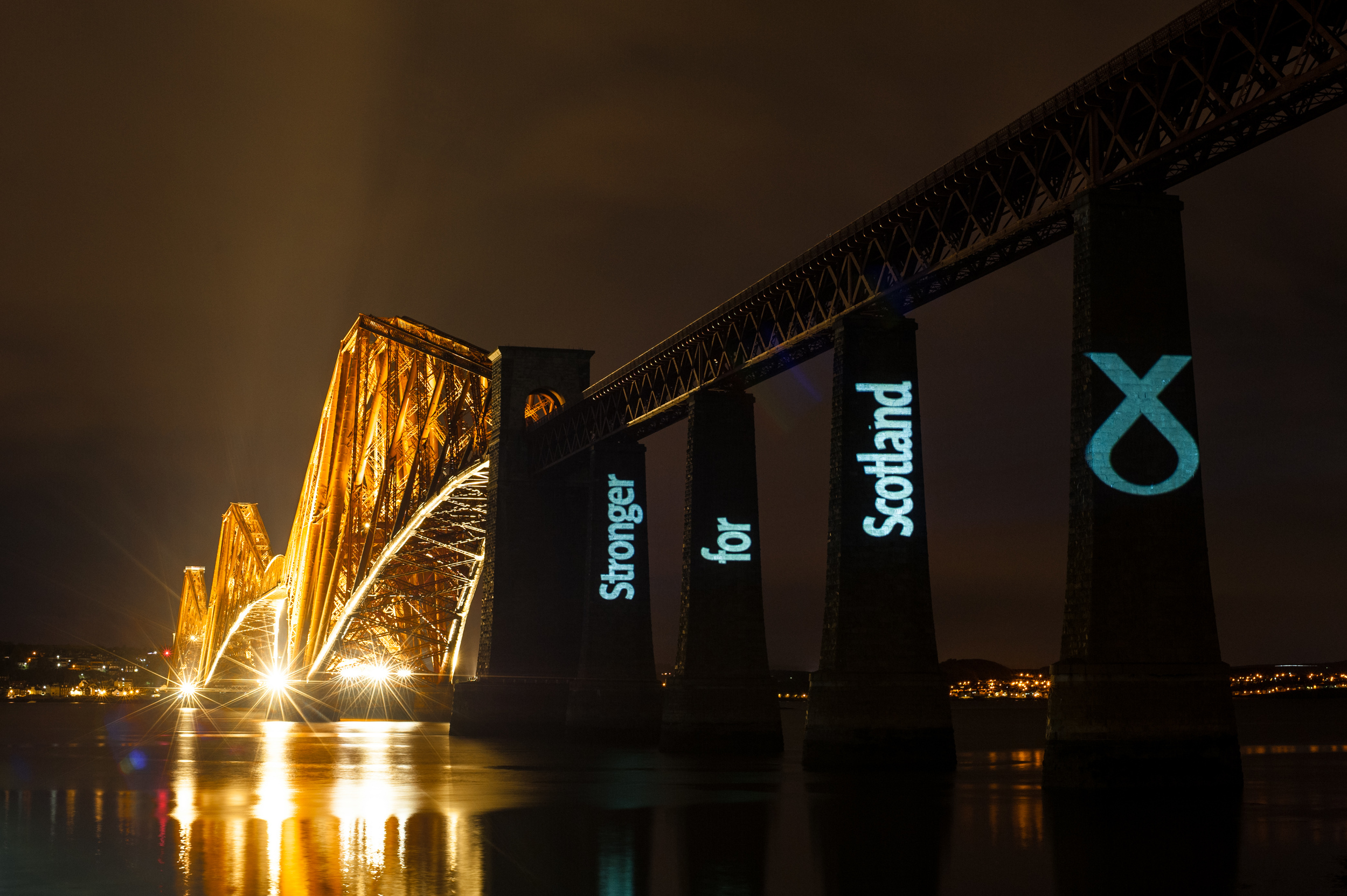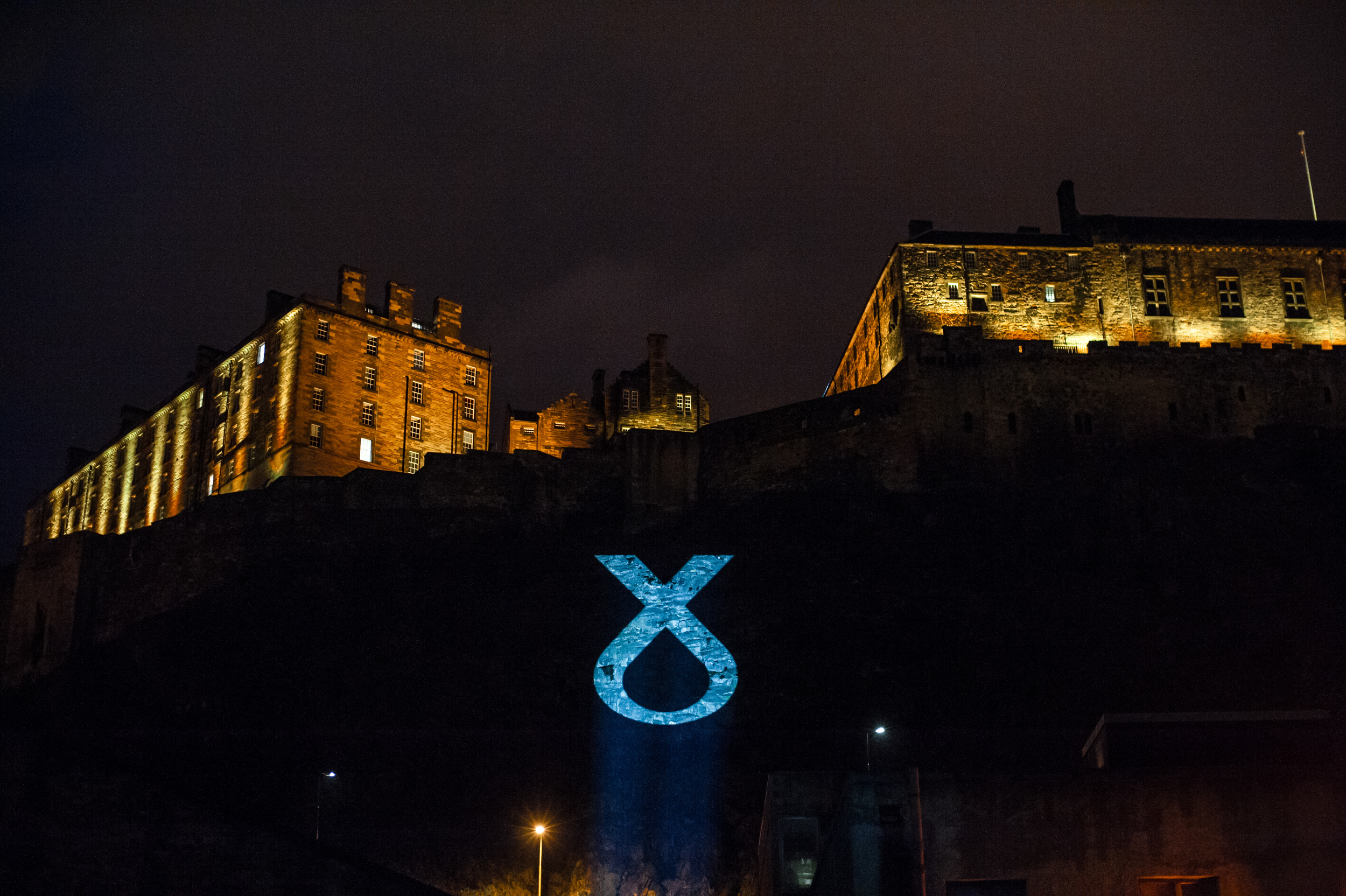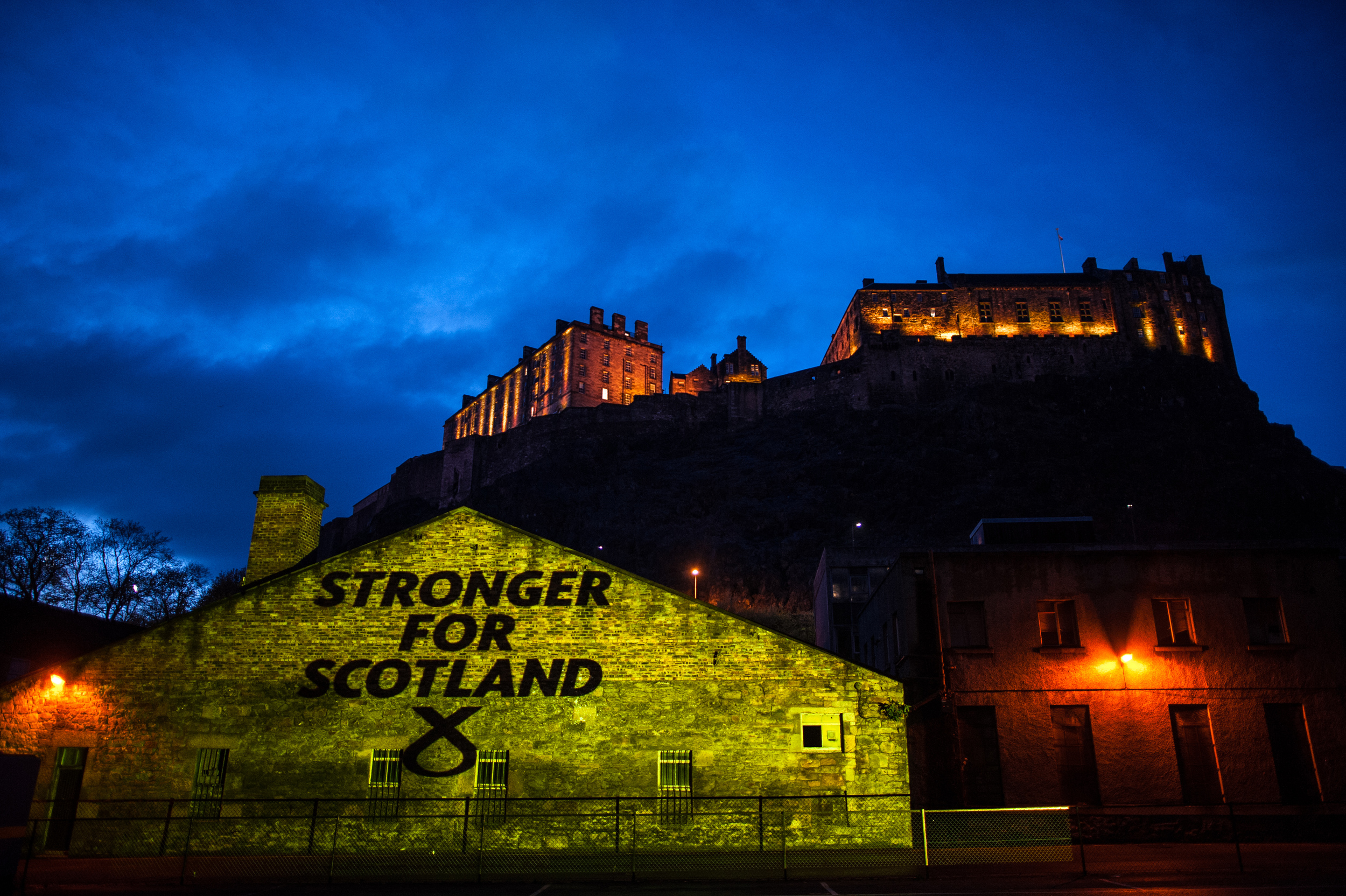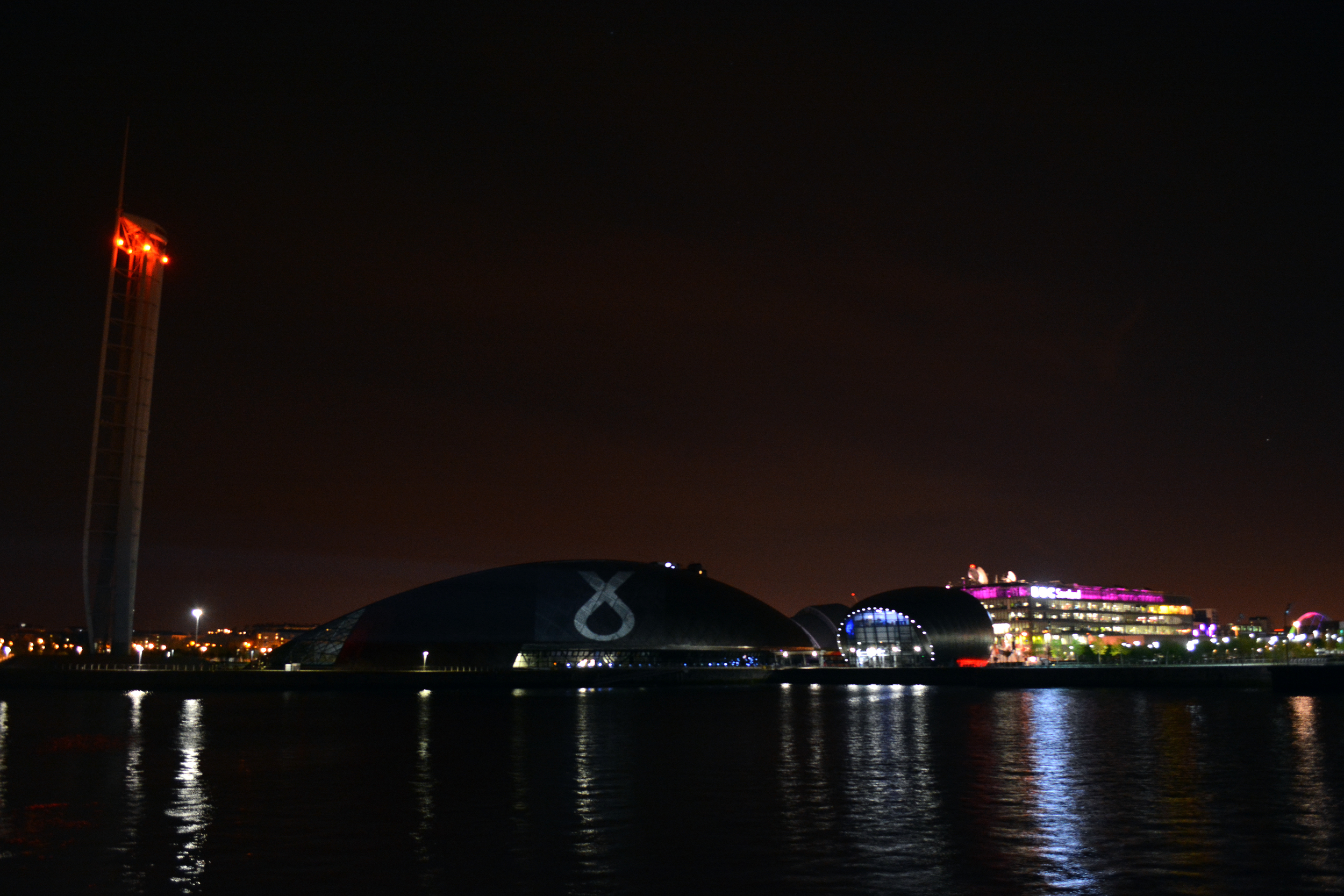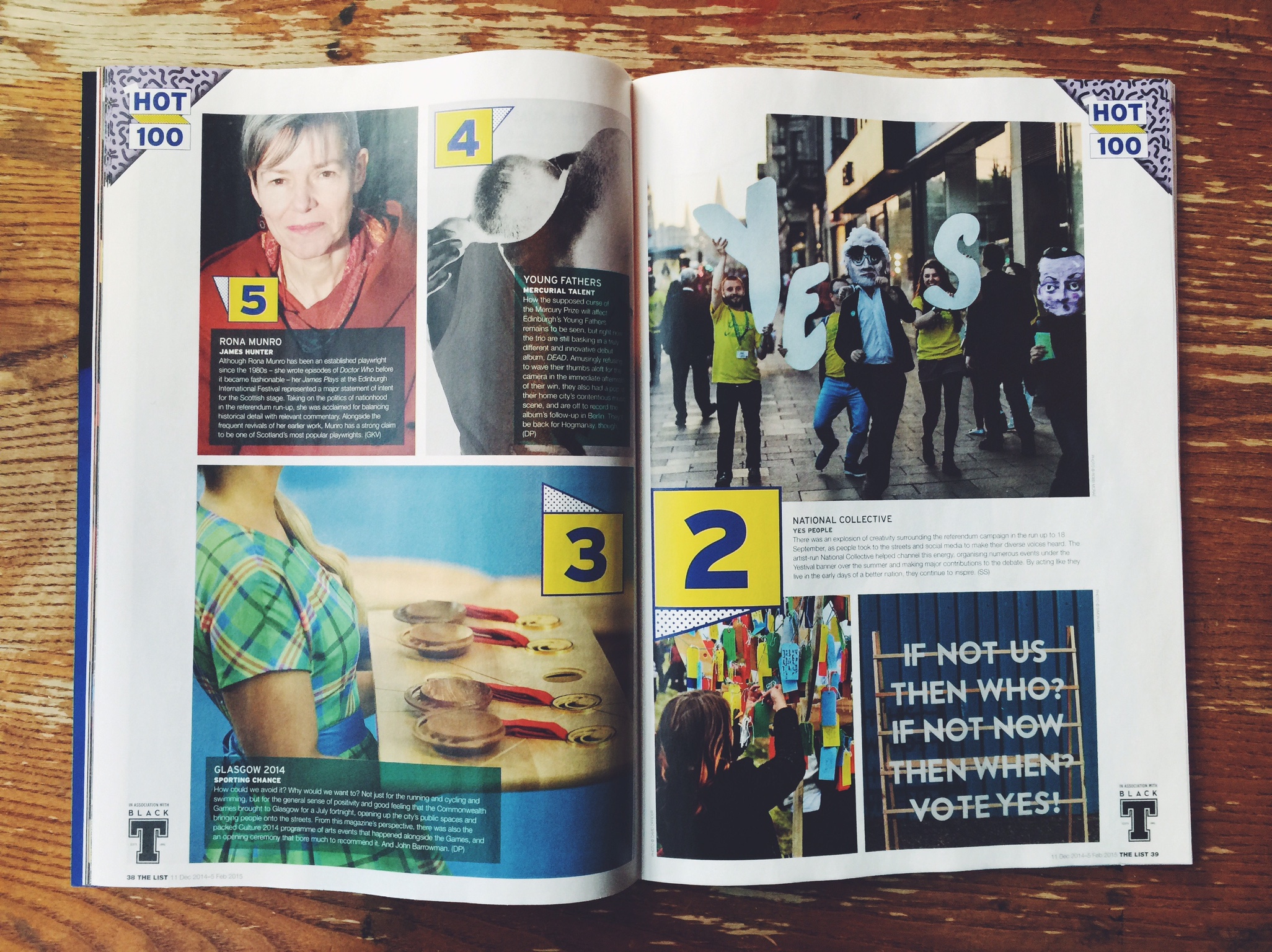How the SNP's digital team is transforming the conversation between party and the public and keeping the party at the forefront of modern political campaigning.
In the Summer of 2014, against the backdrop of Govanhill’s rejuvenated Edwardian public bathhouse, hundreds of people gathered in a celebration - a confident, positive declaration of the sort of Scotland they wanted to live in. The event was held in support of a Yes vote in the Scotland’s Referendum, but this was far from a typical political rally. It was a genuine grassroots movement, organised entirely by volunteers through social media and independent of the usual campaign machinery.
Fast forward to November 2014 and, in the wake of Scotland’s Referendum when the SNP's membership started rocketing towards its current total of 115,102, more than 12,000 people attended the largest indoor political event in British political history at the SSE Hydro. The mixture of speeches, music and film was broadcasted live on YouTube, photographed, videoed, Facebooked and Tweeted by anyone with a mobile phone or a camera.
Each moment captured in its own way the power and influence of digital in modern politics. With its immediacy, accessibility and interactivity, online campaigning is transforming the political landscape and the SNP is at the forefront of this movement.
“Digital is the fastest growing area of political communications,” says Ross Colquhoun, the SNP’s Digital and Political Engagement Strategist. “It can help shape the political agenda faster than any other channel when it is used to publish accessible content and provide instant rebuttals. It’s an unfiltered platform that enables us to have two way communication with party members, supporters and the wider public. In that respect it’s really powerful.”
Ross believes the referendum campaign was undoubtedly a turning point for political campaigning. “It made people think about how campaigning is conducted. There are a lot of different techniques that arrived during the referendum that hadn’t been seen in politics before, predominantly involving social media and types of subversive activism. You now see political parties embracing those types of techniques.
“So, we have the ability to organise in a way we never could have before. We can keep our members informed, hopefully engage them and develop them as activists. But it’s not just about meeting the demands of the party, I see digital as a fundamental platform for encouraging greater participation in politics and providing accessible and accountable governance.
“When Nicola became First Minister, she set out to be the most accessible government Scotland had ever seen. As part of that we’ve run a series of Facebook Q&As where any member of the public can submit their questions and Nicola will reply. They’ve been incredible, she’ll get questions covering everything from her favourite biscuit to the party’s stance on Trident.”
Ross heads a young, enthusiastic digital team based at the party headquarters. The five-strong team comes from a mixture of creative, political, artistic and technical backgrounds. They create ideas, content and projects for the various digital channels to encourage people to join the party and play their part in creating a better Scotland.
Alex Aitchison, SNP Digital Content Administrator, says: “The team works collaboratively in different areas, ranging from overall direction, to creating content, to analytics. We’ve each grown up as part of the digital generation and we keep on top of how things are developing because that’s where our interests lie. So we’ll often see something new, show it to the rest of the team and then think about how we could make use of it.”
The main channels the team are using include the new website and campaigning platform, NationBuilder, social media platforms (Facebook, Twitter, Google+, Instagram, Periscope and Vine), infographics, videos, photography and a weekly email update.
The SNP’s website outlines the party’s vision for a fairer and more prosperous Scotland and helps supporter stay informed with the latest news and updates, which can be tailored to their particular interests. Within the site, Policy Base provides a searchable archive of party policies and an events section enables members to organise their own events for supporters, members and the public. There are now two ways that people can sign up to the party – by registering as a supporter they receive latest updates, and by becoming a member they can influence party policy, attend branch meetings and volunteer to help.
Alex says: “The number of people who are using digital as their first point of accessing news is rising. The 16-34 age group is most active on our social media platforms, but the new website is being used by members from across the generations to access the latest updates and policy information in a clear, easily digestible, printable format. Everyone’s excited that they have a new campaign tool, it’s not just younger people.”
And messages that capture the imagination on social media don’t stop there, as people take them offline and continue to spread the word. “There's a common mistake that people think social media is a bubble, says Ross. “It's an error some political parties and journalists make. Actually social media is just a communications channel like any other. You’ll share something on social media and your followers can share it with theirs, and take that message on to friends and family members offline.”
The SNP has developed a reputation for really pushing campaigning forward and being innovative in its approach. Ross says: “We’re lucky to have a large and engaged membership and that means we can be a bit more creative online. There’s a great working culture in the party which means that an idea can come from anywhere within the organisation and we want members to submit their ideas and play their part in digital campaigning I’d encourage anyone who thinks they have a new or better way of doing things to get in touch. If it’s the right idea we'll run with it. We have all seen just how big an impact digital can have.”








